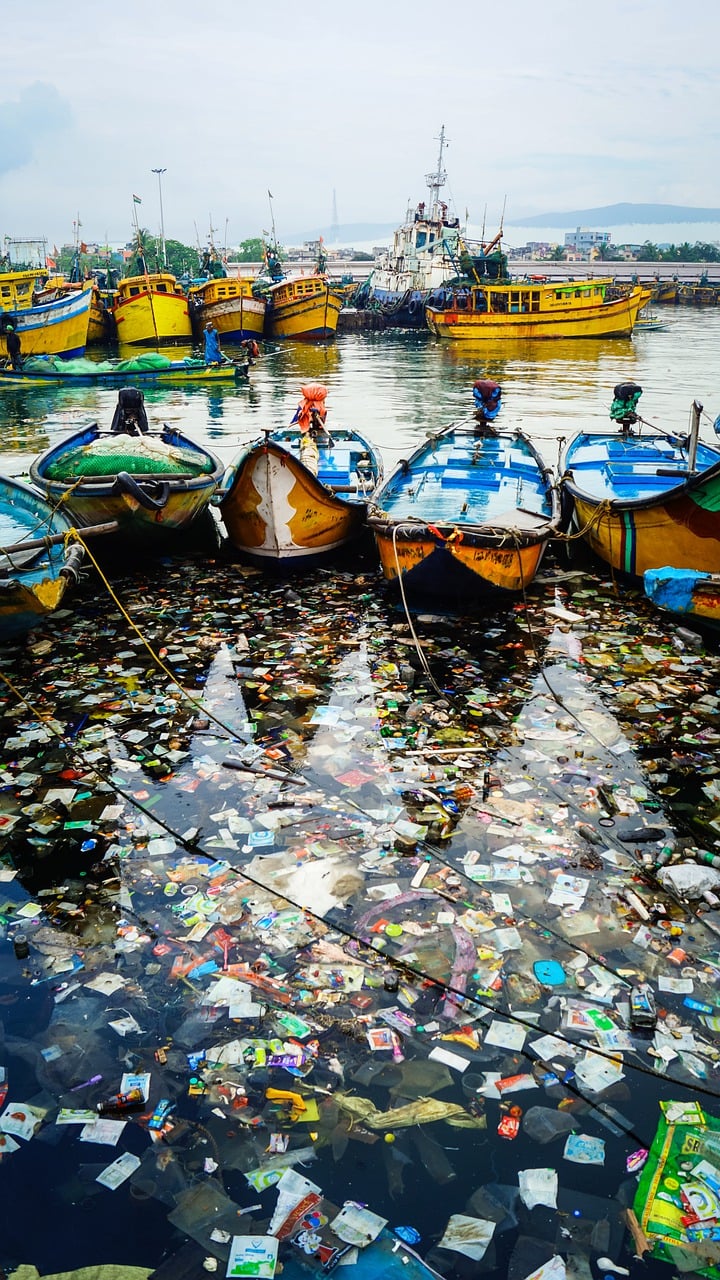
Microplastics and nanoplastics are literally everywhere and yet, we continue to produce 300 million tons of plastic every year and by 2060, that number will triple. Much of this is from single-use items like food packaging. Up to 70 percent of plastics end up in landfills, the oceans, or randomly discarded into the environment where they degrade. Because they’re made of fossil fuels, the chemicals within them are released when they break down.
Microplastics are pieces of plastic that are under 5 millimeters and nanoplastics are even smaller, the size of a single bacterium. Both are found worldwide in the most remote places, on the highest mountains, and deepest parts of our oceans. They’re also in our food chain and our bodies – the lung, blood, breast milk, sperm and placental tissue. There’s building evidence that they’re harmful, but we’re mostly unaware of the extent.
Much of our plastic waste ends up in the world’s oceans and the most recognized is the so-called Pacific Trash vortex. It’s larger than the state of Alaska.
New research at the garbage patch has focused on using microbes to break down the plastic. A new study identified a fungus called Parengyodontium album found in the patch's microbial communities. It feasts on polyethylene plastics that have been altered and degraded by exposure to ultraviolet light. Three other fungi have also been found to decompose plastic. They could be one key piece to solving this plastic crisis.
More Information
Fungus breaks down ocean plastic
A fungus living in the sea can break down the plastic polyethylene, provided it has first been exposed to UV radiation from sunlight. Researchers from, among others, NIOZ published their results in the scientific journal Science of the Total Environment. They expect that many more plastic degrading fungi are living in deeper parts of the ocean.
Scientists Find Plastic-Eating Fungus in Great Pacific Garbage Patch
A newly published study has identified a fungus living in the sea that can break down plastic. The marine microbe, called Parengyodontium album was found on plastic debris floating in the Great Pacific Garbage Patch. When scientists later isolated the fungus in a laboratory, they found it was capable of breaking down the plastic polyethylene after it had first been exposed to UV radiation from sunlight.
Biodegradation of polyethylene by the marine fungus Parengyodontium album
Plastic pollution in the marine realm is a severe environmental problem. Nevertheless, plastic may also serve as a potential carbon and energy source for microbes, yet the contribution of marine microbes, especially marine fungi to plastic degradation is not well constrained.